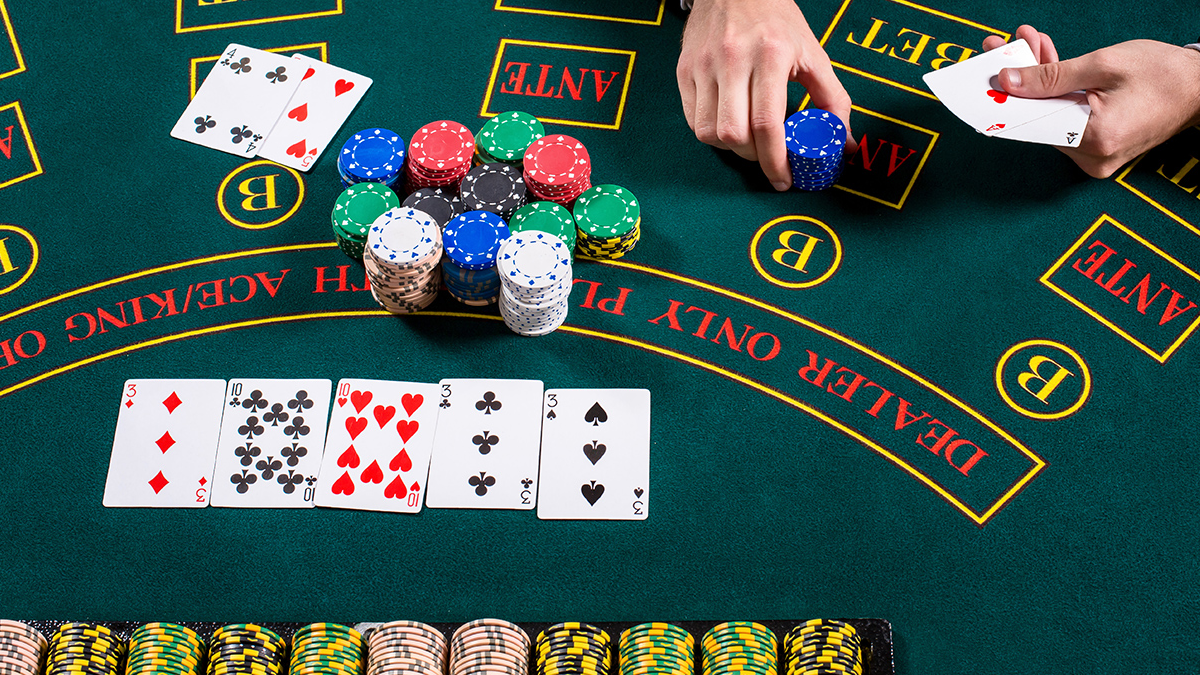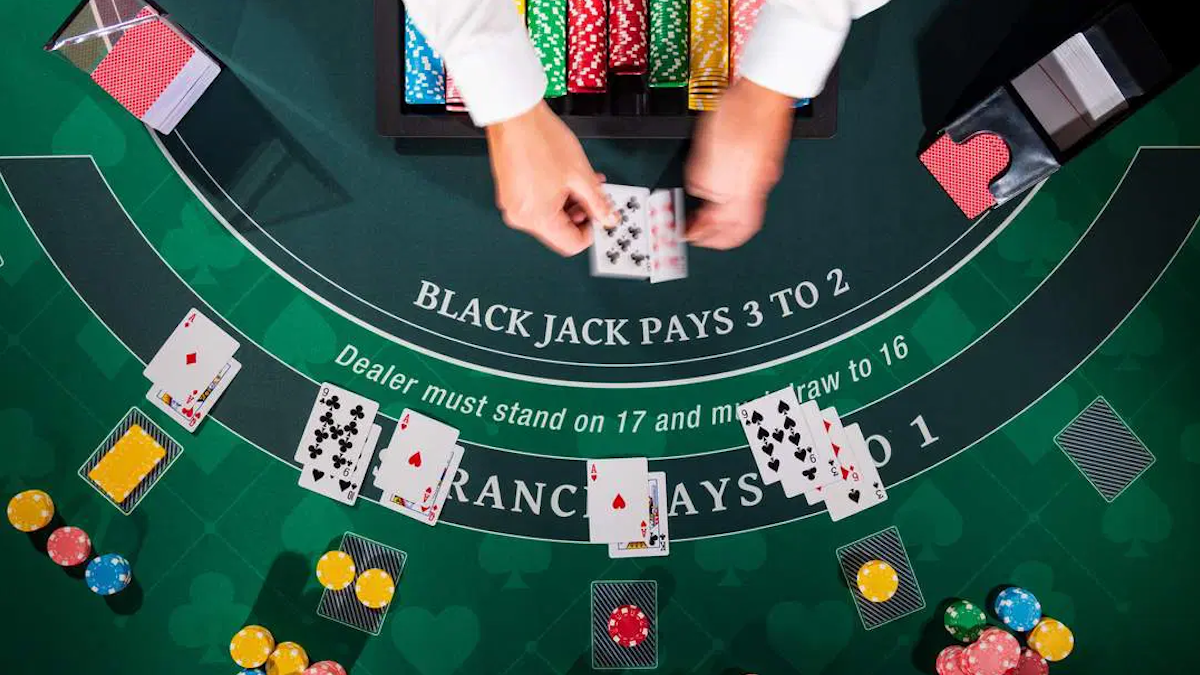Pai gow represents one of the most mathematically intriguing families of casino games, combining ancient Chinese gambling traditions with modern probability theory. From the original domino-based version to the popular poker variant, each iteration presents unique mathematical challenges and varying house edges that significantly impact player strategy and outcomes.
What are the different types of Pai Gow games?
The pai gow family encompasses several distinct variations, each with its own mathematical profile and strategic considerations.
Traditional Pai Gow uses a set of 32 Chinese dominoes, creating complex probability calculations that have fascinated mathematicians for centuries. Players and the dealer each receive four tiles, which must be arranged into two hands according to specific ranking rules.
Pai Gow Poker, the most common Western adaptation, employs a standard 52-card deck plus one joker. Seven cards are dealt to each position, with players creating a five-card “high” hand and a two-card “low” hand. The joker can only complete straights, flushes, or act as an ace.
Fortune Pai Gow Poker adds side bets to the standard poker version, introducing additional mathematical complexities and typically higher house edges on these supplementary wagers.
Emperor’s Challenge Pai Gow Poker incorporates a progressive jackpot element, fundamentally altering the game’s mathematical structure and potential returns.
How does the basic mathematical structure of Pai Gow Poker work?
Pai gow poker’s mathematics centre around three possible outcomes for each hand: player wins, banker wins, or push (tie). Unlike most casino games, pushes occur frequently—approximately 41% of all hands result in ties, creating a unique mathematical dynamic.
The game’s fundamental structure requires both the player’s high and low hands to beat the corresponding banker hands to win. If one hand wins and the other loses, the result is a push. This “double jeopardy” requirement significantly impacts the probability calculations.
With 53 cards (including the joker) and seven-card hands, there are C(53,7) = 154,143,080 possible combinations. However, the strategic element of hand arrangement creates additional complexity, as the same seven cards can be arranged in multiple ways, each producing different mathematical outcomes.
The joker’s restricted use adds another layer of mathematical consideration. Unlike a true wild card, the joker can only complete certain combinations, creating specific probability adjustments that must be factored into optimal play calculations.
What is the house edge in standard Pai Gow Poker?
Standard pai gow poker typically carries a house edge of approximately 2.84% when the player banks their own hand, and around 2.54% when playing against the house. These figures assume optimal play, which requires sophisticated understanding of hand-setting strategy.
The 5% commission on winning hands significantly impacts these calculations. When a player wins a £100 bet, they receive £195 (their original £100 plus £95 after the 5% commission), rather than the full £200. This commission structure means the effective house edge varies depending on the frequency of wins, losses, and pushes.
The high frequency of pushes actually works in the player’s favour mathematically, as it reduces the number of decisions subject to the house edge. Over 100 hands, a player might only face 59 win-or-lose situations, with the remainder being pushes that return the original wager.
Banking opportunities, where available, can dramatically alter these mathematics. When a player acts as banker, they collect the 5% commission on wins whilst paying full odds on losses, potentially creating a mathematical advantage depending on the number of other players at the table.
How do side bets affect the mathematical profile?
Fortune Pai Gow Poker and similar variants introduce side bets that fundamentally change the game’s mathematical landscape. The “Fortune Bonus” side bet typically carries house edges ranging from 2.7% to 25%, depending on the specific paytable used by the casino.
These side bets are based solely on the seven-card hand dealt to the player, regardless of how the hand is set or whether it beats the dealer. A straight flush might pay 8,000-to-1, whilst a full house typically pays 5-to-1. The mathematical analysis requires calculating the probability of each qualifying hand combination.
The “Envy Bonus” feature adds another mathematical dimension, paying additional amounts when other players receive premium hands. This creates positive correlation between players’ outcomes—unusual in casino gaming—and requires complex calculations to determine the overall mathematical impact.
Progressive jackpot versions introduce variable mathematics, as the house edge changes with the jackpot size. A progressive side bet might carry a 30% house edge at reset but become player-favourable when the jackpot reaches certain thresholds, typically several hundred thousand pounds.
What mathematical strategies can players employ?
Optimal pai gow poker strategy involves complex hand-setting decisions that require understanding probability calculations for multiple scenarios. The fundamental principle is maximising the probability of winning both hands whilst minimising the chance of losing both.
Computer analysis has identified optimal strategies for virtually every possible seven-card combination. For instance, with a full house, the optimal strategy depends on the specific ranks involved. Three aces with a pair of kings should typically be played as aces full in the back with the kings in front, whilst three twos with ace-king might be split differently.
The “House Way” rules that dealers must follow provide insight into generally sound mathematical strategy, though these rules often prioritise consistency over optimal play in marginal situations. Understanding these rules helps players identify situations where deviating from the house way creates mathematical advantages.
Banking strategy requires different mathematical considerations entirely. When banking, players must consider the number of opponents, the size of their wagers, and the probability of multiple unfavourable outcomes occurring simultaneously. The mathematics become particularly complex with multiple players, as the banker faces multiple independent trials with correlated outcomes.
How does traditional Pai Gow compare mathematically?
Traditional pai gow with Chinese dominoes presents significantly more complex mathematics than the poker version. With 32 tiles creating C(32,4) = 35,960 possible four-tile combinations, the probability calculations are substantially more intricate.
The domino version typically carries a house edge between 2.4% and 2.7%, depending on specific rules and whether commissions are charged. However, the learning curve is considerably steeper, as players must master the complex tile rankings and optimal setting strategies.
Unlike pai gow poker, where hand rankings follow familiar poker hierarchies, traditional pai gow uses ancient Chinese rankings that create counterintuitive probability distributions. The mathematical analysis requires understanding these traditional hierarchies whilst applying modern probability theory.
Banking opportunities in traditional pai gow often provide more favourable mathematics for skilled players, as the game’s complexity means many opponents play suboptimally, increasing the banker’s mathematical advantage beyond the theoretical edge.
What factors influence the house edge in different casinos?
Pai gow poker’s house edge varies significantly between casinos due to rule variations and commission structures. Some establishments charge no commission on winning banker bets under certain circumstances, whilst others implement alternative fee structures that impact the mathematical profile.
The availability of banking opportunities dramatically affects the overall mathematics. Casinos that encourage player banking often implement rules limiting consecutive banking or requiring minimum numbers of hands before banking becomes available, each variation altering the mathematical landscape.
Side bet availability and paytables create substantial variation in overall mathematical expectation. Casinos offering Fortune Pai Gow Poker might use different bonus paytables, with house edges ranging from under 3% to over 25% on the same types of wagers.
Minimum and maximum bet limits also influence the practical mathematics, particularly for players employing banking strategies or progressive betting systems. Higher limits enable more sophisticated mathematical approaches but also increase variance and risk exposure.
How should players approach Pai Gow mathematically?
Understanding pai gow’s mathematics enables more informed decision-making about bankroll management, game selection, and strategic approach. The high frequency of pushes means players need larger bankrolls relative to their betting level compared to other casino games, as the typical session involves extended play with gradual bankroll fluctuation.
The commission structure makes precise calculation of expected hourly loss more complex than in most casino games. Players must factor in win frequency, average session length, and push rates to accurately assess their mathematical exposure.
Side bet mathematics are generally unfavourable, but the relatively low house edge on the base game makes pai gow poker attractive for players seeking extended play with controlled risk. The social aspects and slower pace of play provide additional value that pure mathematical analysis cannot capture.
For mathematically inclined players, the banking opportunities and complex strategic decisions make pai gow poker one of the more intellectually rewarding casino games, where skill and understanding of probability theory can meaningfully impact long-term results.


